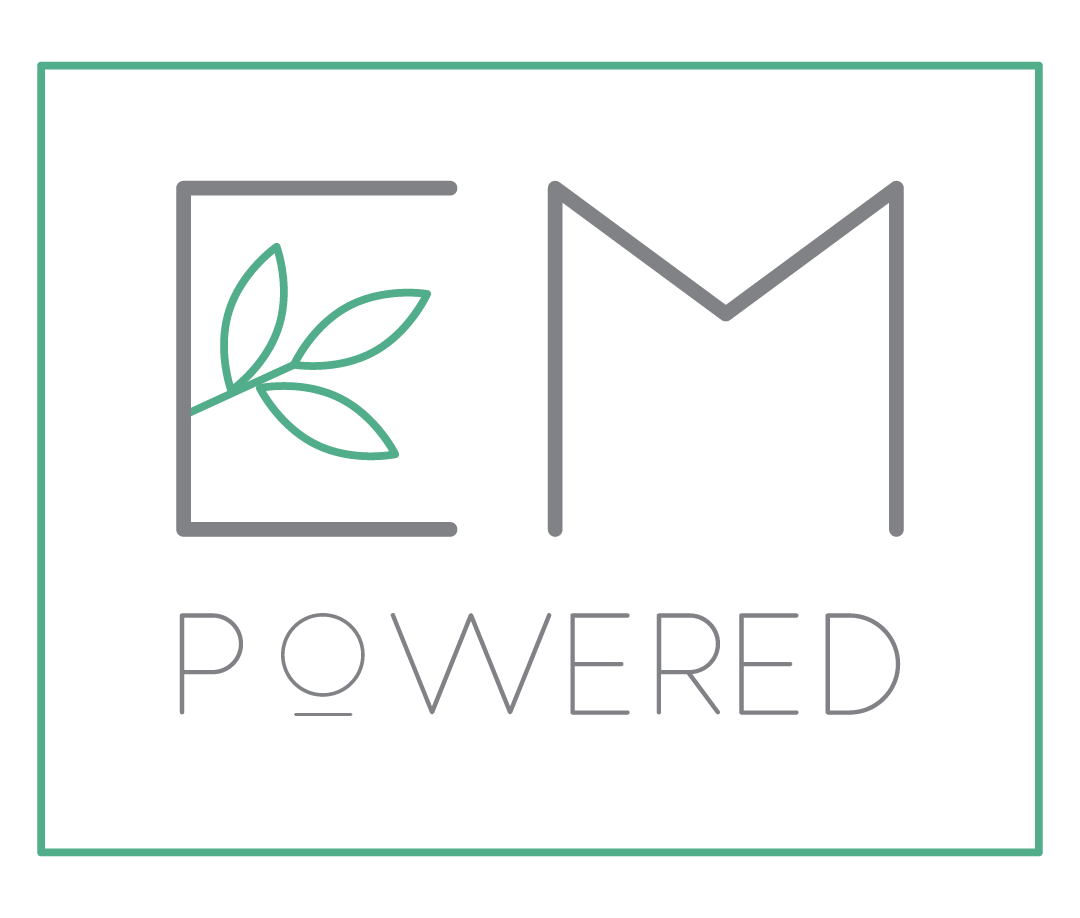October carries a certain magic—crisp air, falling leaves, and the thrill of the unknown.
It’s a month that celebrates shadows, masks, and the things that go bump in the night. But for many, the haunting doesn’t end when the costumes come off. The ghosts that linger are not made of smoke or story—they are memories, emotions, and experiences that live quietly within. This season, as the world turns toward the eerie and the unseen, it’s worth reflecting on the ways trauma and mental health intertwine with the spirit of Halloween.
The Masks We Wear
Halloween invites everyone to wear a mask, to become something—or someone—else for a night. For those who have experienced trauma, this can feel familiar. Many people learn to wear emotional masks every day, hiding pain behind smiles or humor, pretending to be fine when the truth feels too heavy to share. The act of masking can be a survival tool, but it can also become exhausting. October offers a symbolic reminder that it’s okay to take the mask off, to let the real self breathe, and to be seen without disguise.
The Power of Facing Fear
Fear is central to Halloween—haunted houses, horror movies, and ghost stories all play with the thrill of being scared in a safe space. But real fear, the kind born from trauma, doesn’t fade when the lights come on. Healing often means learning to face those fears in small, manageable ways. Just as one might walk through a haunted house knowing it’s only temporary, confronting trauma involves stepping into discomfort with the knowledge that safety and support exist on the other side. Courage isn’t the absence of fear—it’s the decision to move forward despite it.
The Darkness Has Lessons
In nature, October marks the descent into longer nights and colder days. It’s a time of slowing down, of turning inward. This rhythm mirrors the process of healing. Darkness isn’t always something to escape; sometimes it’s a space for reflection and renewal. Allowing time for rest, solitude, and introspection can be deeply restorative. The quiet of autumn can hold space for grief, for processing, and for the gentle rebuilding that follows.
Community and Connection
Halloween is also about gathering—neighbors sharing candy, friends carving pumpkins, families telling stories. Connection is one of the most powerful antidotes to trauma. Isolation can deepen pain, while community offers validation and belonging. Reaching out, even in small ways, can help dissolve the sense of being alone in the struggle. Whether through therapy, support groups, or trusted relationships, connection transforms healing from a solitary journey into a shared experience.
Reclaiming the Narrative
Trauma can make life feel like a story written by someone else. But healing is an act of authorship—reclaiming the narrative, rewriting the ending, and finding meaning in what once felt senseless. October’s themes of transformation and rebirth echo this process. Just as trees shed their leaves to prepare for new growth, letting go of old pain creates space for something new to emerge.
A Season for Compassion
As the world decorates with cobwebs and skeletons, it’s worth remembering that everyone carries unseen stories. This Halloween, compassion can be the most powerful magic of all—toward others and toward oneself. Healing is not linear, and it doesn’t always look like progress. Sometimes it looks like simply surviving another day, or finding a moment of peace amid the noise.
The haunting season reminds that darkness and light coexist, that fear and courage are intertwined, and that even the most broken parts of the self can become sources of strength. In the end, October isn’t just about ghosts—it’s about transformation, resilience, and the quiet power of coming back to life.
Emily Arth, MSW, LCSW knows how to alchemize dark and light.
Check out SERVICES HERE
CONTACT US AT (417)372-2921
EMAIL: earth@emlifecounseling.com
Available Monday through Friday 9am-6pm
Serving virtually from Columbia, Missouri

